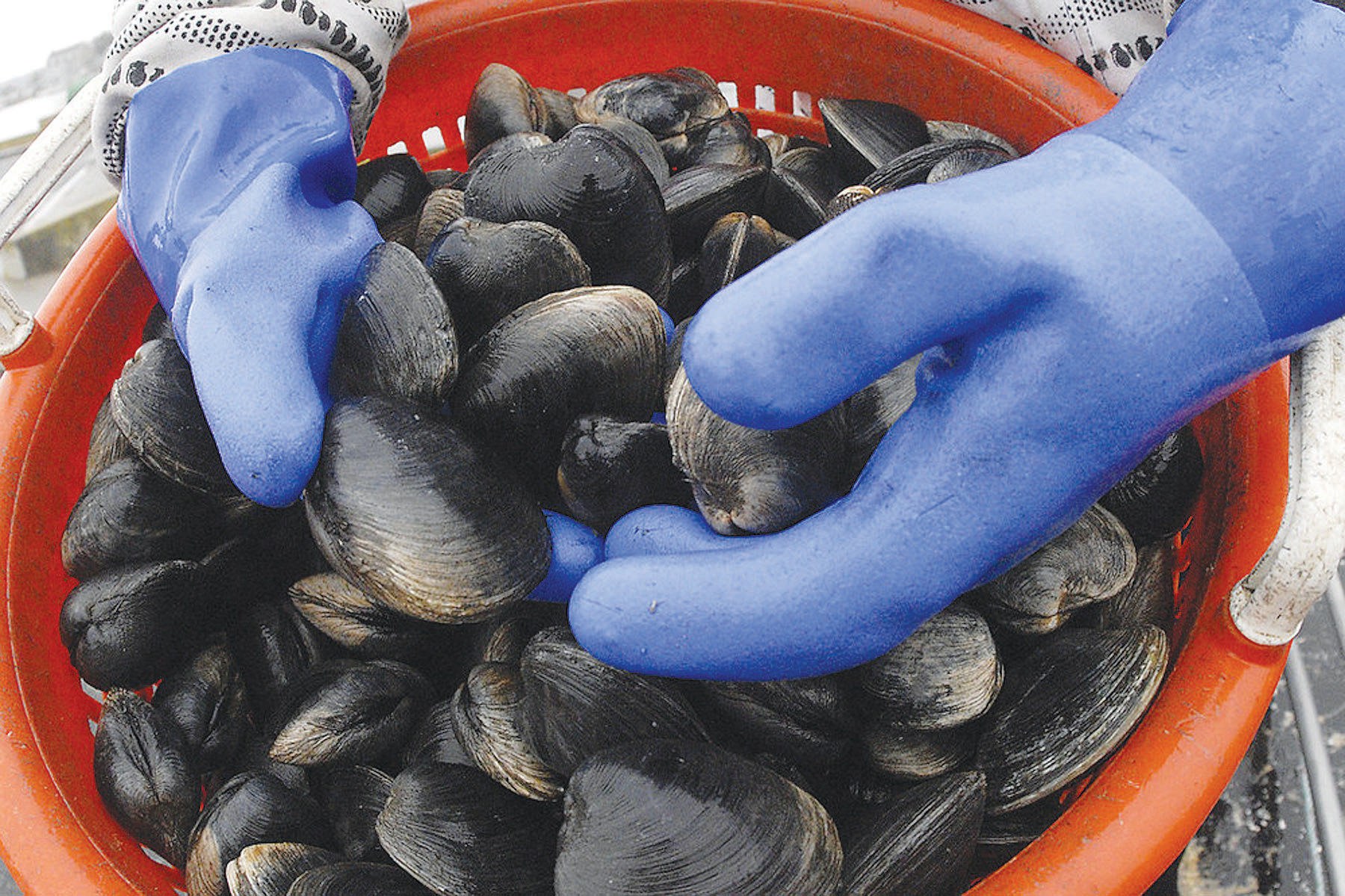Toxic algae bloom makes odd February appearance
Shellfishing banned in Westport, lower Sakonnet, lower bay
By Bruce Burdett
The state issued yet another harmful algae bloom alert Wednesday. This one forced a shellfishing ban from Gooseberry Neck in Westport clear across southern Rhode Island waters …
This item is available in full to subscribers.
Please log in to continue |
Register to post eventsIf you'd like to post an event to our calendar, you can create a free account by clicking here. Note that free accounts do not have access to our subscriber-only content. |
Day pass subscribers
Are you a day pass subscriber who needs to log in? Click here to continue.
Toxic algae bloom makes odd February appearance
Shellfishing banned in Westport, lower Sakonnet, lower bay
The state issued yet another harmful algae bloom alert Wednesday. This one forced a shellfishing ban from Gooseberry Neck in Westport clear across southern Rhode Island waters to Point Judith. The ban includes the lower Sakonnet River south of Black Point and lower Narragansett Bay south of the Jamestown and Newport bridges.
Such bans are nothing new — there was a similar one here in early October — but in February?
“That is a little disconcerting,” said Dale Leavitt, associate professor of biology at Roger Williams University. “I have never seen this here at this time of year.”
The culprit in this instance is a phytoplankton called called pseudo-nitzschia, said Angelo Liberti, chief of surface water protection for the Rhode Island Department of Environmental Management (DEM). It produces a toxin called domoic acid which can be harmful to humans and which was identified in shellfish tested February 26 an 27 by DEM at five south coast locations.
The levels found were slightly below the “mandatory closure” level established by the federal Food and Drug Administration.
Mr. Liberti called it “unexpected” to find evidence of domoic acid in shellfish at this time of year.
It has been a busy few months for algae blooms here, Prof. Leavitt said. There was a highly visible series of “rust algae” blooms in late summer, followed by a virtually invisible but more toxic pseudo-nitzschia bloom in October.
As for the cause of such a bloom in February, he said too little is known to be certain. Oddly, while the bay is warmer this year than most winters — there hasn’t been any ice cover to speak of — “pseudo-nitzschia is a colder water species,” more typically found in Maine and points north.
While shellfishing in the effected waters is prohibited until further notice, the ban does not include carnivorous snails, such as whell and moon snails, DEM said.
The notice states:
“Impacted waters include all RI waters north of a line from Point Judith to the southern tip of Gooseberry Neck, off Horseneck Beach in Westport MA, and south from the Jamestown Verrazzano Bridge, south from the Newport Pell Bridge and south of an east/west line across the Sakonnet River lying one-quarter mile south of the pipeline found just south of Black Point. Shellfish harvested from the open portions of Harvester Tagging Areas 5B, 4A and 3W should temporarily be identified as 5B North, 4A North and 3W North.”
Waters will be tested further; updates will be provided on RI DEM’s web and Facebook pages.







